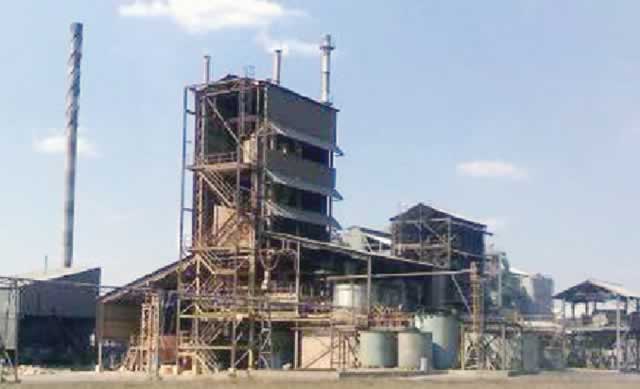Sable Chemical shelves coal gasification plans


SABLE Chemical Industries, sole manufacturer of nitrogenous fertilizers, has shifted focus to coal bed methane gas, which contains hydrocarbons from which the feedstock can be derived through a simpler and cleaner process
Golden Sibanda Harare Bureau
SABLE Chemical has shelved plans for coal gasification, as a solution to the energy intensive electrolysis process it uses to produce hydrogen, for much cleaner hydrogen containing coal bed methane gas.
An unnamed Chinese company has since been engaged to carry out a feasibility study expected to lead to fundraising based on the CBM alternative.
Sable Chemical uses electrolysis, an old technology that consumes huge amounts of the scarce electricity, to produce the hydrogen required for the manufacture of ammonium nitrate, at high cost to the company.
Zimbabwe’s sole manufacturer of nitrogenous fertilizers has shifted focus to coal bed methane gas, which contains hydrocarbons from which the feedstock can be derived through a simpler and cleaner process.
Sable Chemical chief executive Jack Murehwa confirmed in response to e-mailed questions that the company would no longer pursue coal gasification, as CBM was a more viable way of getting the hydrogen.
Coal gasification is the process of producing syngas, a mixture of gases consisting primarily of methane carbon monoxide, hydrogen, carbon dioxide and water vapour, from coal and water, air and/or oxygen.
“While Sable has been pursuing coal as the feedstock towards change of technology, a more practical and convenient feedstock, coal bed methane, has just been confirmed to be a more pragmatic option.
“In that light, work is currently going on with a Chinese engineering company to produce a feasibility study, which will lead straight into fundraising for the project based on coal bed methane,” Mr Murehwa said.
The Sable Chemical CEO said the company was getting enough electricity, however, amid revelations that due to its energy intensive electrolysis plant, the company currently requires an average of 80 megawatts.
Industry sources said the Kwekwe-based company has since 2009 accrued a $123 million power bill, as it struggled to cope with its huge appetite for power but urehwa dismissed the claims as “untrue”.
The huge power consumption nature of the electrolysis plant has been at the heart of the perennial viability challenges the firm has faced in recent years, prompting TA Holdings to write off its investment in Sable.
Sable Chemical deputy chairman Misheck Kachere said CBM was a more clear gas and simpler way of getting hydrogen from hydrocarbons, which are extracted from the underlying seams of coal.
He said the process produces less material that pollutes the environment, such as hazardous gases and ash, which needs careful disposal.
Zimbabwe has, in recent years discovered huge reserves of CBM gas in Matabeleland North Province, and the resource is largely believed to be in abundance as to exceed the entire reserves in the Sadc region.
Sadc gas resources amount to 420 billion cubic metres while it is estimated that the Hwange/Lupane basins have, totalling about 765 billion cubic metres of sulphur free CBM, which become increasingly crucial.
CBM is a form of natural gas found in coal beds. It is mainly methane gas with trace quantities of ethane, nitrogen, carbon dioxide and a few other gases (depending on the type of coal and the geographical location).









Comments